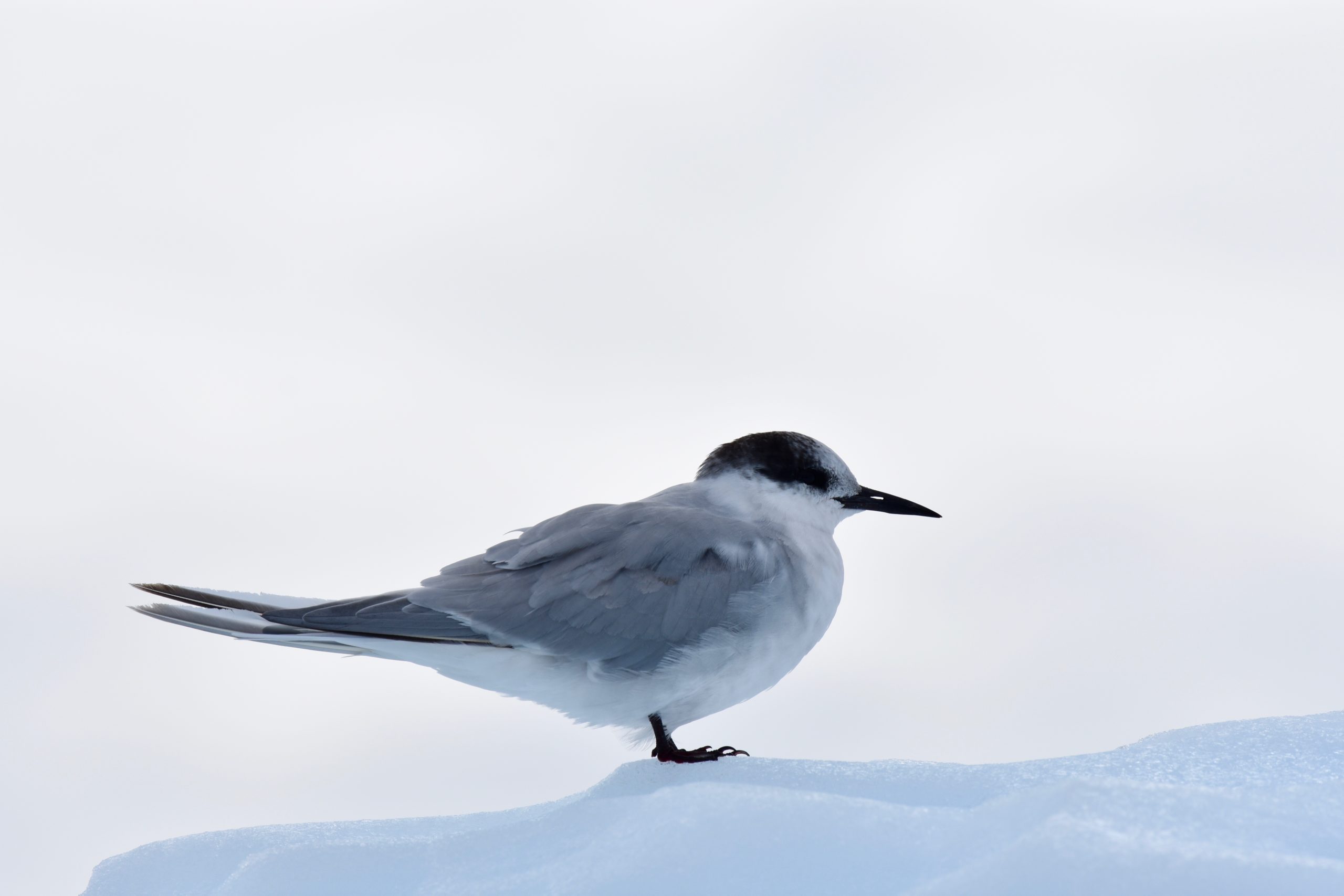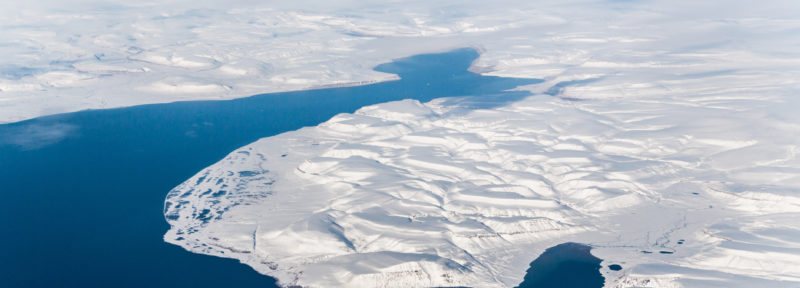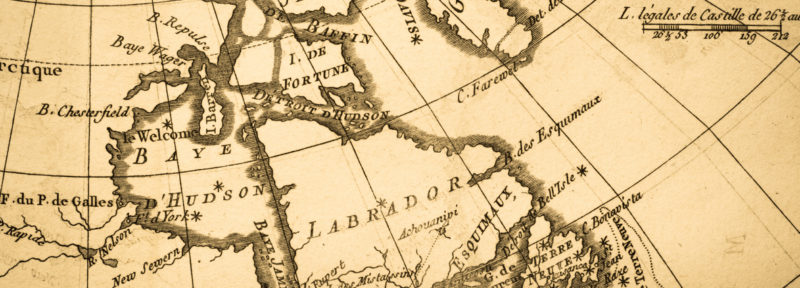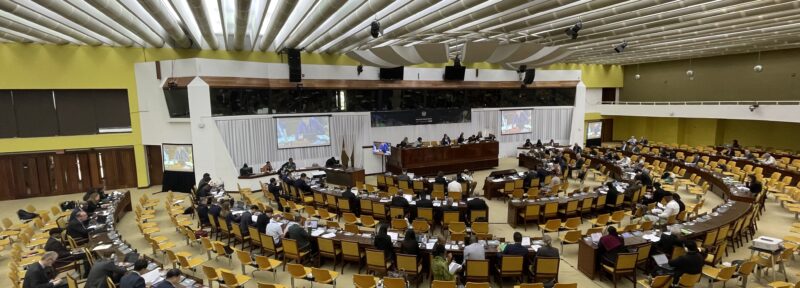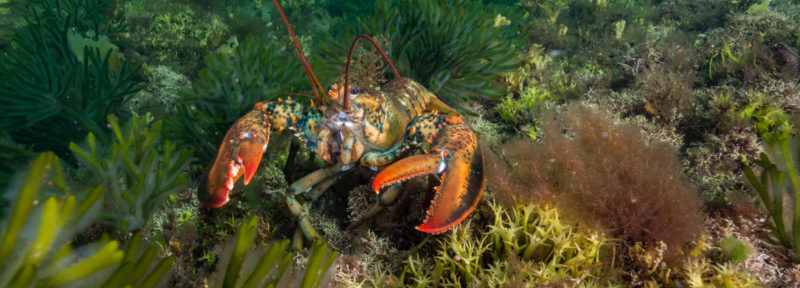High Stakes for the High Seas as Treaty Negotiations Continue
The Arctic tern migrates up to 40,000 miles, and much of its journey is over the high seas.
Credit: Nicole Zanesco
Each year, Arctic terns migrate from the Arctic to the Antarctic and back. This epic migration is not a straight line from pole to pole; the birds meander across the Atlantic or Pacific, often covering almost 40,000 miles before reaching their polar destination.
As the terns travel, they feed on small fish at the surface of the water. Much of their journey takes place over the vast expanses of the high seas, which are crucial not only for Arctic terns, but also for whales, fish, turtles, and people too. Though often out of sight (unless one happens to have a bird’s eye view), the high seas should not be out of mind.
Over the next week at the UN headquarters in New York, states will continue negotiating a treaty that has the potential to protect the important but often overlooked ecosystems that make up the high seas. More than 15 years ago, countries around the world began laying the groundwork for the United Nations Treaty for Biodiversity Beyond National Jurisdiction (BBNJ). Now, after meetings, conferences, congresses, a UN General Assembly resolution, and three intergovernmental conferences (IGCs), countries have entered the fourth round of negotiations—one of our last opportunities to ensure an ambitious, far-reaching treaty that will protect more than 50 percent of the planet.
The breadth of the package under negotiation provides an opportunity for states to build a treaty well equipped to protect the epic expanses of the high seas and the remarkable bounty therein. However, If states fail to negotiate and ratify an ambitious treaty, biodiversity will continue to decrease, productive ecosystems will falter, and we will lose one of the only “global commons” shared by all people around the world.
The high seas, which begin 200 nautical miles beyond our own shorelines, are in dire need of good governance and effective management. Currently governed by a fragmented network of agreements and institutions, the high seas are falling victim to a dearth of accountability, regulations, monitoring, and enforcement. The holes in governance enable rampant unregulated and illegal fishing, pollution, and habitat destruction, the repercussions of which are exacerbated by climate change and a lack of scientific understanding of the high seas and its diversity of ecosystems.
What we do know about the high seas is that they are home to many productive ecosystems, are rich in biodiversity, and provide essential habitat and nutrients for deep water, coastal, and migratory species such as whales, sea turtles, eels, and seabirds. The high seas are crucial for humans as well — they produce significant amounts of oxygen, sequester carbon, and feed approximately 3 billion people around the world. That’s one of the reasons why the high seas and international seabed, along with Antarctica, have been designated as “the common heritage of humankind.” By virtue of not belonging to one state, the high seas belong to us all, and are thus our collective responsibility. However, instead of prioritizing the collective good, states and industry have been prioritizing profit. If nobody advocates for the high seas because they do not belong solely to one state or nation, then the high seas and the people who rely on them most will be left behind as climate change irrevocably alters ecosystems and food chains.
The BBNJ treaty could prevent this by establishing collective responsibility and accountability for states and industries interacting with the high seas. States have been negotiating a treaty package that includes the enforcement and review of environmental impact assessments; capacity building and the transfer of technology; the establishment and implementation of area-based management tools; rights surrounding marine genetic resources; and “cross-cutting” issues which cover topics such as voting procedure, financing, and institutional structure.
Canada, historically a leader on international environmental initiatives and negotiations, has an opportunity to champion an ambitious treaty. In February, the European Commission announced a High Ambition Coalition on BBNJ, of which Canada is a member. This is a huge step toward finalizing the treaty in 2022 with strong, enforceable language.
However, further leadership is still needed to address key issues within the treaty text and to get as many states on board as possible. Canada could help move negotiations forward and advance solutions to lingering challenges such as capacity building and technology transfer, the ability of the Conference of Parties to establish and manage Marine Protected Areas, and the implementation of modern and universal environmental impact assessment standards. Canada should also centre Indigenous representation and consultation on the delegation, as well as ensure policy decisions are informed by sound science and traditional knowledge.
Arctic terns, currently feeding in the Antarctic, are preparing to return north. In a few months’ time, the terns will be nesting along Canada’s Arctic and Atlantic coastlines. On their way back they will traverse the high seas, relying on the nutrient-rich waters to fuel their journey home. With the BBNJ treaty, we have an opportunity to ensure those waters remain productive for them—and all the other animals and humans who benefit from the high seas—for generations to come.
If you would like to learn more about efforts to advocate for a robust BBNJ treaty and how you can help, check out these resources:
- The High Seas Alliance high seas MPA campaign
- The High Seas Alliance Treaty Tracker
- Collaboration with Canadian artist Mathias Horne advocating for the creation of high seas MPAs
Nicole Zanesco is Oceans North’s international policy advisor.

